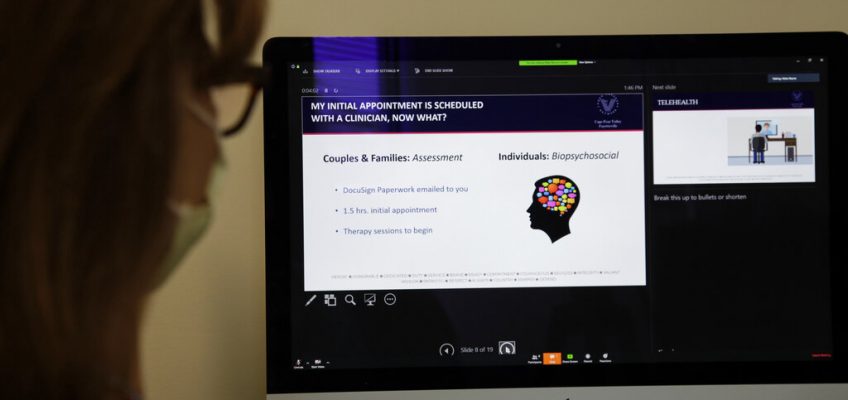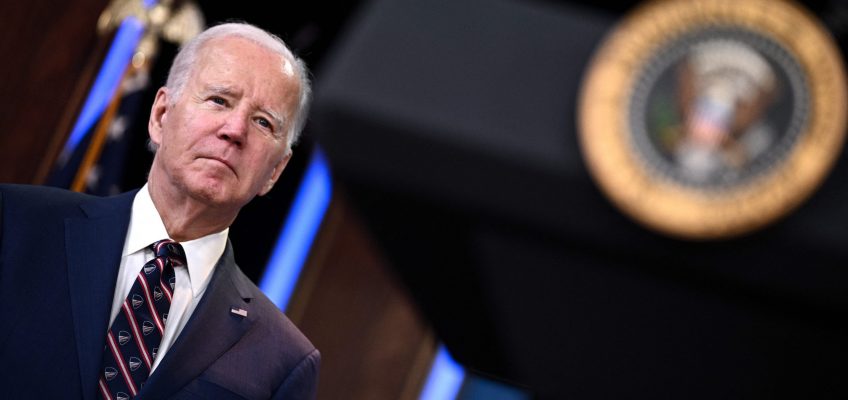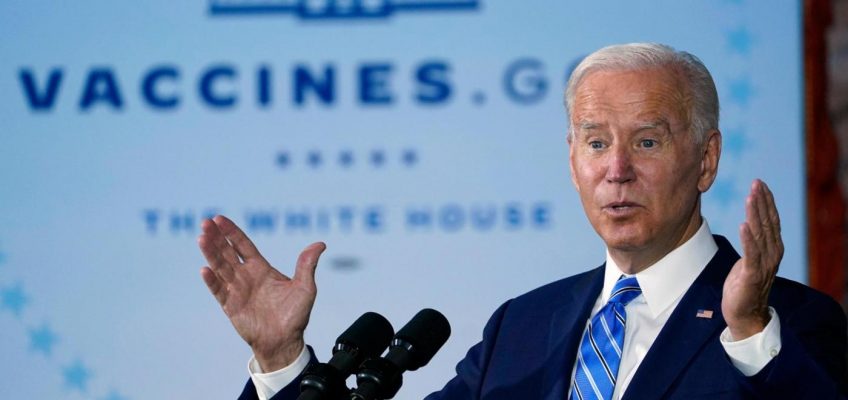The COVID pandemic seemed to worsen teems’ and adolescents’ mental health, according to several recent studies. But now, new research shows a reason for hope: Telehealth seems to be giving many more kids access to support. That’s a win worth celebrating. And it should push us to ensure virtual care is more permanently and equitably integrated into mental health services for minors.
The worrisome gap between kids who need help and those who get it predates the pandemic. For example, the rate of major depression among kids doubled between 2009 and 2019, and an estimated 1 in 5 kids have experienced a mental, emotional or behavioral disorder. Yet the Centers for Disease Control and Prevention estimates that just 20% of them get help from a specialized provider.
The new study, conducted by the public policy research group RAND Corp., found that telehealth use, which had been negligible among kids before spring 2020, did far more than simply fill the void of in-person mental health visits that were suspended during the early COVID shutdowns. Once telehealth became an option, use of mental health care rose — a trend that has persisted even as the pandemic has faded. Although in-person services were back up to 75% of their prepandemic levels by August 2022, telehealth visits were 2,300% higher. Overall, that translated into nearly 22% higher usage than in January 2019.
The study has some limitations. The data only captures children with private insurance, and it’s hard to know whether those with public insurance benefited equally. Most mental health providers don’t accept public insurance. And the researchers can’t parse whether many more people got care, or if existing patients were more consistently seeing their therapist — that’s something the team hopes to disentangle in future studies.
But the magnitude of the increase does suggest that more children had access to care than before the pandemic, says Mariah Kalmin, the RAND health policy researcher who led the study. Meanwhile, she notes, rates of usage and spending went up in lockstep, meaning this wasn’t a more expensive form of care.
A cynic might worry that insurers will look at this data and decide telehealth is making it a little too easy for people to get needed care. But insurers should remember that an investment in mental health care today can translate into savings tomorrow. As I’ve written in the past, untreated anxiety can snowball into larger issues later in life; failure to address behavioral health issues can disrupt a child’s education and diminish their future success in the workforce.
Data has long suggested that phone or virtual appointments are just as effective as in-person visits, and that a telehealth option makes patients more likely to consistently connect with their therapist. During the pandemic, no-show rates dropped markedly.
And while some adults might consider a virtual appointment less intimate than a face-to-face meeting with a therapist, it probably doesn’t feel weird to teens — so many of their interactions already happen through devices. “They’re comfortable through that space, so trying to provide behavioral health services adapted to the generation we’re trying to serve makes a lot of sense,” says Warren Ng, president of the American Academy of Child and Adolescent Psychiatry.
Nor do adolescents and teens have to miss big chunks of their school day, or lose a whole afternoon of sports or activities, to travel to an appointment.
For parents, telehealth makes it easier to participate in their children’s plan of care. Every caregiver knows the challenge of juggling a job (or two) with daytime appointments. It’s much easier to briefly duck out of the office for a virtual check-in with a child’s therapist.
None of this means that telehealth is always the best option for struggling kids. Schools are still an essential place for adolescents and teens experiencing anxiety or depression to be identified and treated.
And there are other challenges to accessing telehealth that must be addressed. Some of the pandemic-era services that might have made it easier to access, regardless of socioeconomic status, have been lost. For example, many kids received free devices and access to the internet so they could participate in remote school — something that also opened the door to virtual visits with a therapist.
And another recent paper from researchers at Harvard Medical School found that Black and Latinx adolescents were less likely to be transitioned from in-person to virtual appointments during the pandemic than their white peers, a disparity the researchers think could be managed by a combination of better funding and clinician education.
The Harvard paper reiterated a point that has become abundantly clear in the past year: All kids, regardless of race, ethnicity, socioeconomic status, are struggling, and all groups are experiencing a gap in care. Given the enormous need and the critical role telehealth could play, every effort should be made to ensure all kids can be met where they are.
There are plenty of changes from the pandemic we can happily toss; readily accessible mental health services are among the things we should keep.
Lisa Jarvis is a Bloomberg Opinion columnist covering biotech, health care and the pharmaceutical industry. Previously, she was executive editor of Chemical & Engineering News.




